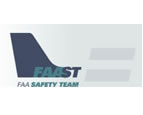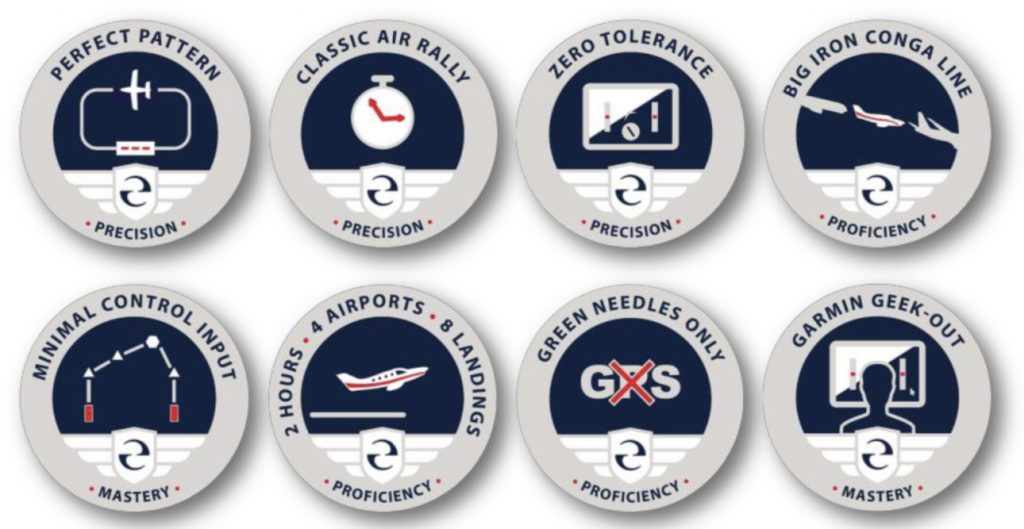
The Epic Challenge
Some time ago I wrote an article that recounted my experience as a pilot in training, even though I had years of experience as both a pilot and instructor, which shared my experience of receiving my Seaplane Rating and transitioning to the experimental Epic LT turboprop, within months of each other, and how these experiences made me a better flight instructor. It made me a better pilot because I was learning new skills and a better teacher because I was reminded that learning is about growing in a myriad of ways. Most importantly it taught me to be more patient with myself and the pilots I am privileged to work with as their instructor, coach, and facilitator in the learning process.
Almost seven years later as an Epic Aircraft Factory Trained Instructor, I conduct transition and recurrent training in the Epic LT and provide Mentor Pilot training in the certified E-1000. I recently facilitated a program created by Peter King, Flight Training Program Manager at Epic Aircraft, which was designed to assess and improve the skills of pilot’s upgrading, to an Epic aircraft. This program is called the Epic Challenge and its’ purpose was to have pilots arrive for factory training with their skills sharp enough to meet the rigors and time constraints of the upgrade to a higher performance aircraft.
As I prepared to conduct this training and reflected on my own training, over the years, I was struck by the thought that this program would be an excellent challenge for all pilots regardless of whether they are moving up to a new airplane, a higher performance aircraft or motivated to refine and improve their pilot skill set. The challenge for the instructor is to effectively conduct the pilot assessment element of this program and then, in concert with the pilot training, to creatively choreograph and structure the training scenarios.
The Epic Challenge, as noted above, was designed to assess and improve the skills of pilots preparing for transition training into an Epic aircraft. The program is not complicated:
- For the pilot training it requires a commitment to training, an honest assessment of piloting skills and a willingness to do whatever it takes to be the best you can be.
- For the instructor it requires a commitment as a professional educator and a training portfolio that can meet all the requirements necessary to facilitate the goals of the challenge.
The concept of a challenge for improvement is not new. We are reminded regularly that recurrent training is a very necessary part for building and retaining our skills as a pilot and an instructor. Many of the “Type specific” organizations encourage their members to train regularly and offer levels of recognition for this training. The American Bonanza Society is a great example of this through the ABS Aviator Program. AOPA encourages pilots and instructors to improve through Focused Flight Review profiles. These and many more examples remind us that we should never stop learning and growing as pilots and flight educators.
The Epic Challenge should be considered as more than a program designed to prepare pilots for their transition training to a new aircraft. I believe strongly that it can be used for recurrent training and skills enhancement for both pilots and instructors. The focus of the program is a “holy trinity” of aviation, PROFICIENCY, PRECISION, MASTERY. By meeting or exceeding the standards of each scenario we are growing as aviators and having fun in the process.
As an example: there are eight scenario’s and there are twenty-four months between each required Flight Review. Chose a different scenario every three months. At the end of the twenty-four months, you have completed the requirements for your Flight Review and then some. This is only one example of how the Challenge can be applied. The pilot, the airplane and the desired outcome are the only limiting factors. Let your imagine run wild.
Overview
The Skills Development program is implemented in two phases:
1. Skills Assessment in the form of a no-jeopardy assessment flight is the cornerstone for the success of this training. An assessment form was developed which outlines the skills to be evaluated and graded from needs work to meets or exceeds standards.
2. Skills Improvement and assessment in the form of a series of fun flight-training challenges, collectively called The Epic Challenge.
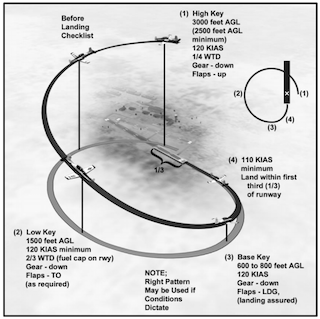
The challenges are intended to inspire pilots to elevate their skills by pursuing ever-increasing standards of proficiency, pushing pilots beyond their comfort zones while focusing on skills that will increase their enjoyment of and success during Epic flight training. The skills development program provides a complete roadmap for conducting this training but for brevity the program will not be fully outlined at this time. The following are the eight challenges that comprise the Epic Challenge:
- The Perfect Pattern
- Two Hours, Four Airports, Eight Landings
- Zero Tolerance
- Minimal Control (airmanship skills)
- Green Needles Only
- Big Iron Conga Line
- Classic Air Derby
- Garmin Geek-Out (Simulator or airplane)
The skills assessment should be conducted in an airplane with the following characteristics:
- High-performance
- Complex
- G1000 Flight Deck or digital avionics suite with an integrated autopilot (if possible)
Aircraft that would be well suited to skills development are:
- Bonanza G36
- Columbia 350/400 with G1000
- Cessna TTx G2000
- Piper M350, Meridian M500/600 with G1000
- Lancair Evolution
- Epic LT or E1000
The above listed aircraft were chosen given the genesis of the Challenge. The challenges can be done in any airplane and each challenge can be developed to suit the goals of the pilot training and the specific airplane being flown. This will provide both the pilot and the instructor with an opportunity to think about the goals, the airplane, and how the challenges could be developed to elevate the skills of the pilot training and the creativity of the flight instructor (think outside the box). In the case of the Garmin Geek-Out scenario a Redbird MCX with a G1000 interface was used.
Finding an Instructor
An important element to the success and credibility of any training is the Flight Instructor. When looking for a “qualified” CFI if you are planning on moving up to any advanced aircraft, not just a turboprop, it is strongly recommended that you find a seasoned educator with the following qualifications:
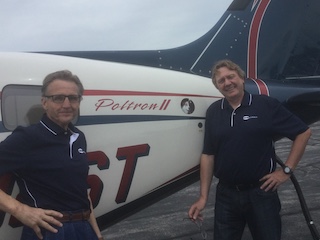
- Turbine aircraft experience (if required)
- Professional operations experience, if required (airline, charter, military)
- G1000 and advanced avionics experience
- Factory or type-club standardized training
- American Bonanza Society BPPP, BPT
- Cirrus CSIP
- Cessna Advanced Aircraft Recurrent Training (CAART)
- Piper M-Type MMOPA,
- LOBO
- TBM
Most of what I have shared has been focused on an upgrading pilot. If you are a Flight Instructor, wanting to enhance your skills, you should consider this program as a way to improve. To find a qualified instructor may take some time and patience. In addition to your contacts there are several resources that I would recommend:
- Society of Aviation and Flight Educators (SAFE)
- Master Instructors
- National Association of Flight Instructors (NAFI)
- Above named aircraft type organizations
My Experience
At first glance the challenges, developed by Epic, seemed straight forward. However, when the pilot training and I sat down to plan each scenario, we discovered an opportunity to mix and match the scenarios in such a way that we were able to complete six of the scenarios over the first weekend and the remaining two in the equivalent of one day (1/2 Friday afternoon, 1/2 Saturday morning).
The day before our first weekend we spent several hours discussing our plan, being clear as to the standards for performance (which are outlined in the guidelines for the program) and how we would integrate each of the scenarios into the flight.
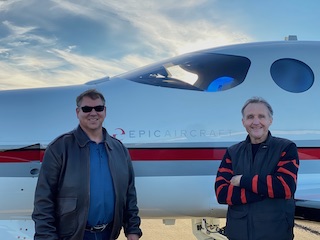
In the case, of this pilot, I had conducted his transition to the TTx as well as his instrument training and have mentored him over the past four years. I was very aware of his strengths and weaknesses which made the need for a skills assessment flight unnecessary. I share this piece of information because the skills assessment component of the Challenge is critical to developing a baseline for the successful measurement of improvement during the training.
It made a big difference that the pilot training was very motivated as he was stepping up to an E1000, from a Cessna TTx, and was scheduled to begin his training two weeks after our last flight. Attacking the scenarios as we did added an element of consciously managing our energy and allowing for some rest between the flights which made a big difference.
The Challenge Coins as Incentive
As an added incentive to the skills enhancement component of the training, Epic created Challenge Coins for each one of the Challenges completed and endorsed by his/her instructor. They are very cool and well worth adding to your aviation memorabilia collection. As it turned out the pilot training was the first pilot to have earned all eight challenge coins and successfully completed his initial factory training and is happily learning all about his new airplane. As his instructor it was a total blast facilitating this process and watching him meet the challenge of each scenario and growing as a pilot.



